The rumor has it that AI tools like ChatGPT will be the terminators of old-school Blogs.
It is not only false, but we can see evidence to the contrary!
A survey consisting of multiple companies found that over 70% of the companies generate leads more effectively due to blogging (DATABOX, 2023).
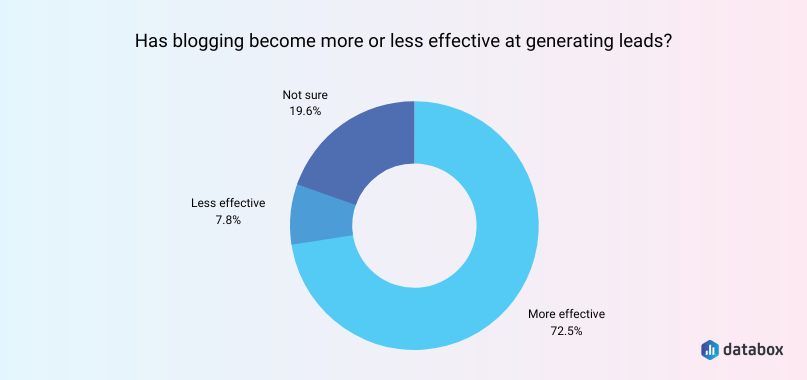
Almost every single company, from a start-up to a billion-dollar company, has a dedicated blog section and a specialized team to deal with them.
The biggest roadblock that a new business faces is finding a consumer base for its products or services.
Contrary to this, new bloggers intend to build an audience through their quality content and then look for ways to monetize the traffic.
Starting a blog as an additional customer acquisition channel is a little more accessible compared to the bloggers to rank and make money from affiliate marketing in 2023, as it’s getting difficult every day.
Table of Contents
What is a Blog?
A blog, often referred to as a weblog, is an updated web page utilized for personal commentary or business-related content. Logs are interactive and include a comment section where readers can post comments at the end of each blog post.
Usually, business blogs provide a user with valuable information about a segment catered to or related to the product/service that a company has to offer. Personal blogs are opinions or views shared by subject matter experts.
Blogs are one of the best ways to connect with potential persons and convert them into loyal consumers. In today’s time, Understanding SEO Fundamentals is a must to start and run a successful blog, SEO-friendly themes and Plugins can help to optimize your blog for the search engine.
The Power of Blogging for Business:
Blogging is a potent tool for any business. There is a consensus across the community that blogging enhances businesses.
According to a survey conducted by Orbit Media, about 80% of the bloggers reported that blogging drives results!
The meaning of results changes from one blogger to another. But they are the most usual content marketing motives like website traffic, lead generation, brand awareness, and email list growth. Less than 10% of bloggers considered ad revenue as a metric.
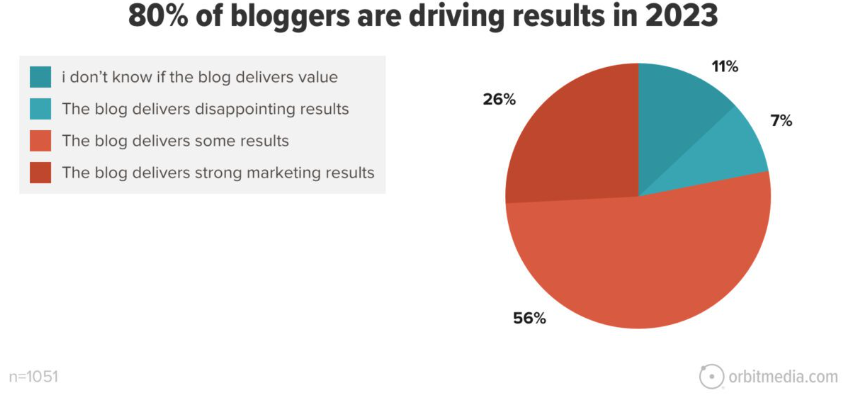
A blog makes the company website the first point of contact for the user who searches for a problem on a search engine. The user then tends to look at the solution/product of the very website that provides such valuable information.
The aftermath entirely depends on the quality of the product, but the blog accomplishes 3 tasks always:
- Product Placement
- Brand Establishment
- Web Traffic
Blogging is a potent tool for driving the growth of any business, cost-effective advertising, or terms of direct sales.
Below are some powerful impacts of blogging:
1. SEO Enhancement:
An influential blog that provides valuable information to readers and solves their problems generates a massive amount of organic traffic on the webpage.
It enhances the SEO health of the website as a whole, which provides the business with much better visibility and brand placement.
Simply, one influential blog can put a website on the map, and a series of influential blogs can put an entire business on the map.
2. Establishing Authority:
A subject matter expert in the domain writes an informative blog. The display of knowledge builds vast confidence in the reader about the product/solution to be presented beforehand.
For example, will you doubt Albert Einstein’s calculations after studying his theory of relativity?
3. Fostering Community:
As discussed, a robust blog attracts massive organic traffic to it. If the topic of the blog is also powerful enough, the blog in itself could ignite a debate in the readers, some of whom will interact on a regular basis.
Once a human bond is formed, the website will be registered permanently in the minds of these people.
Multiple social media companies singularly thrive on the power of human bonds and blogs!
4. Affiliate Revenue:
If the traffic is good enough, the blog can generate independent revenue through third-party advertisements or brand placements on the product page.
It not only generates some extra cash but has the potential to overshadow the core business depending upon various other factors.
Most Popular Types of Blogs:
1. Personal Blogs:
As the name suggests, personal blogs are nothing but a string of personal opinions of the blogger about almost anything! fgfdhdfghdf

Above is an example of a personal blog by celebrity entrepreneur Ashneer Grover wherein he uses his mass following to express his resentment and protest against government policies that directly hurt his business interests, i.e., CricPe.
2. Educational Blogs:
Educational or informative blogs are how-to blogs.
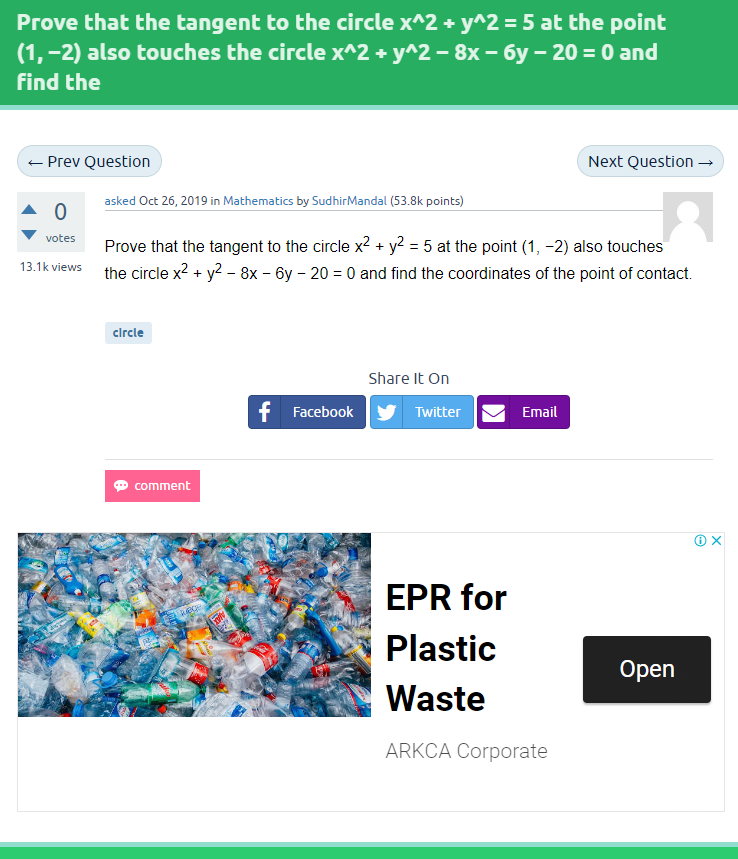
The above blog by Sarthaks not only provides a solution to a famous math problem but also generates revenue for the company through advertisements and builds a brand of itself, which would eventually result in sales of premium ed-tech products on the website.
3. News/Industry Update Blogs:
These blogs provide a status updates or news about a significant disruption in the industry.

Above is a blog by Dynamatic Technologies LTD wherein they share news about their MoU with an Israeli firm on the sidelines of the Indian Prime Ministerial visit to Israel. The blog not only shares the update but subtly advertises Dynamatic Technologies in its highly educated defense acquisition audience in India and Israel.
4. Review/Testimonial Blogs:
These blogs provide an average user review or feedback about a product or service provided by the business.
These help in building general trust in the public and sometimes also solve recurring problems in a product or service.
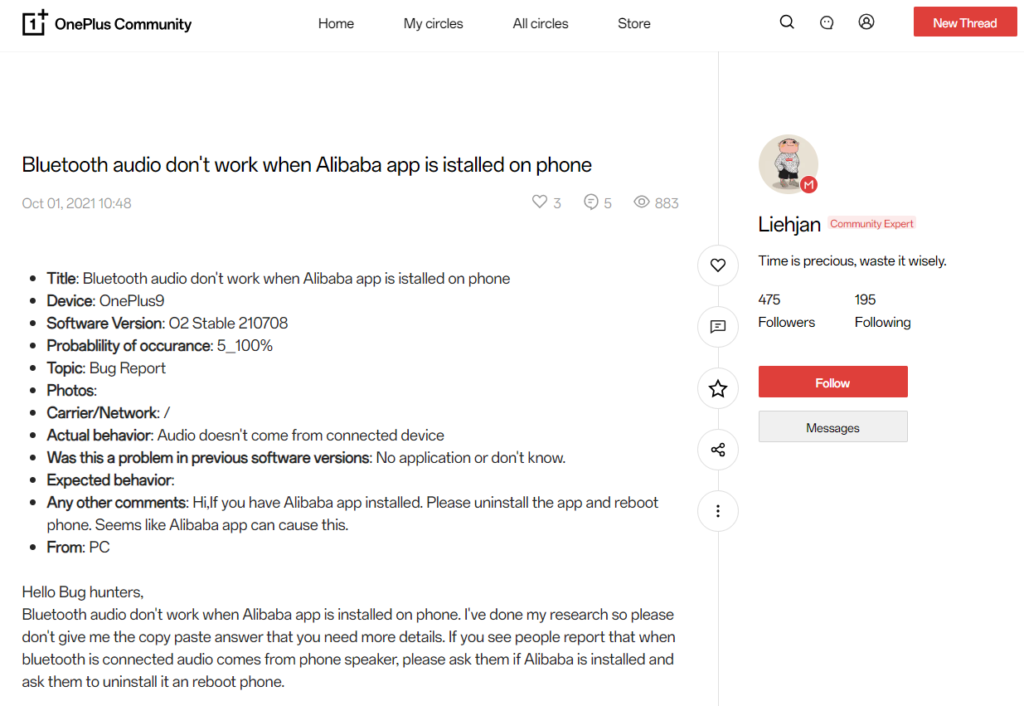
Above is a OnePlus blog discussing a problem faced by users due to third-party software on their mobile devices. It not only provides a solution to the said problem but also distances the brand from a defect due to some other reason altogether.
5. Case Studies:
These blogs analyze in detail an event that is of great importance to the user base of the product or service offered by the business.

The news website Social Samosa’s case study blog on Too Yumm not only generates massive traffic on its webpage but also generates some regular readers of the website as a whole!
6. Listicles:
Listicles are blogs written in a list-based format. These types of blogs are highly user-friendly and easy to read.
Below is an excellent example of a listicle:
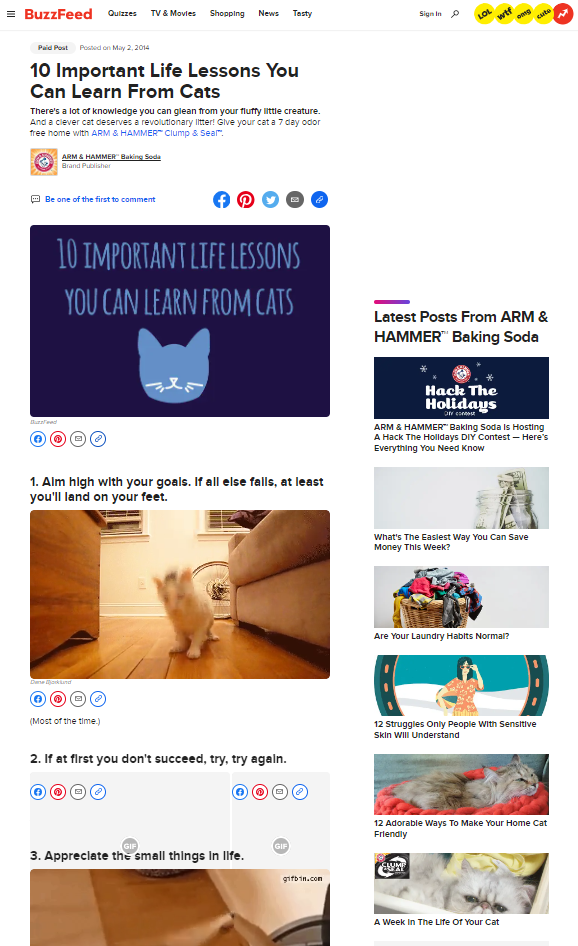
7. Interview Blog:
This blog offers an exclusive interview of a business-relevant personality to the readers. It can generate an enormous amount of traffic on the website, but nowadays, this type of content is more suited to the video format.

Above is an exclusive interview blog published by SportsKeeda. SportsKeeda publishes a blog and not its video format. It ensures that the traffic generated also flows to SportsKeeda as a sports update website.
8. Affiliate Blog:
Affiliate blogs are the ones that promote products or services in affiliation with some other business.
Affiliate marketing involves the promotion of products owned by others, and in exchange, you receive a modest commission for each sale.
The Kartik Aryan meal of McDonald’s India is a perfect example of affiliate marketing wherein movie actor Kartik Aryan gets a payout for allowing McDonald’s to sell their meal using his stardom.
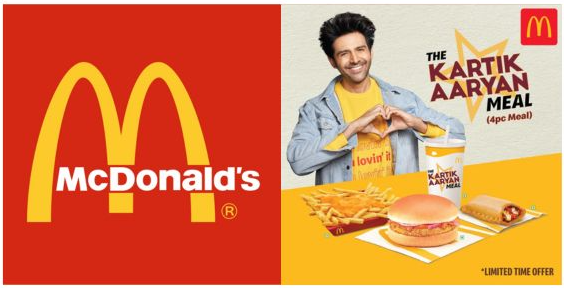
How to Write Blogs for Business Needs:
1. Understand your audience:
Before crafting content, it’s vital to comprehend your target audience’s demographics, needs, and content consumption habits. Use methods like surveys, interviews, and social media analysis to gather insights. This knowledge enables content customization, making it more pertinent and valuable to your audience, enhancing engagement and effectiveness.
2. Define Your Blog Goals:
Before crafting content, it’s vital to comprehend your target audience’s demographics, needs, and content consumption habits. Use methods like surveys, interviews, and social media analysis to gather insights. This knowledge enables content customization, making it more pertinent and valuable to your audience, enhancing engagement and effectiveness.
3. Map your Blog to the Buyer Journey:
Ensure your content aligns with your audience’s needs and their position in the buyer journey. The buyer journey spans problem awareness to solution, consideration, and sales. Tailor your content to guide them through this process, offering relevant information and value. Use a content matrix to map content to the buyer journey, revealing plan gaps and opportunities.
4. Choose your content formats and channels:
Determine your content formats and distribution channels based on audience research and content objectives. Options include blog posts, videos, podcasts, webinars, and more. Opt for formats aligning with your message, audience, and resources.
5. Create a content calendar and workflow:
Determine your content formats and distribution channels based on audience research and content objectives. Options include blog posts, videos, podcasts, webinars, and more. Opt for formats aligning with your message, audience, and resources.
Consider channels like your website, email, social media, search engines, and online communities, focusing on those reaching your audience and serving your goals. You can create a blog on your WordPress Business Website.
6. Measure and optimize your content results:
Check and assess your content’s performance about your objectives and metrics. Use tools like Google Analytics, Google Search Console, social media analytics, and email marketing software to gather and present content data.
Leverage these insights and input to enhance content quality, significance, and impact. Use strategies like A/B testing, SEO, content repurposing, and updates to optimize your content.
7. Community Building:
Always have a space for the readers to interact with each other. The human bond creates a seamless brand value, even overshadowing the actual product or service to an extent.
Quality Over Quantity:
1. Organic traffic increases with an increase in the length of the content, but only up to 2,000 words! (Ahrefs)
2. Longer content gets more backlinks but only up to 1000 words. (Ahrefs)
3. Content longer than 1000 words does not get more backlinks. The effect from there on is rather negative. (Ahrefs)
4. Organic traffic also takes a dip beyond a length of 2000 words. (Ahrefs)
The quantity of content in a blog does matter a lot up to a certain point, but it becomes a negative aspect after a certain threshold.
Try to make your case effective in this particular threshold to create an influential blog.
Promotion and Distribution:
After creating your blog, organic search discovery is not guaranteed.
To address how to promote your blog and boost traffic, disseminating your posts via social media and email marketing proves effective in spreading the word.
You need to be shameless while marketing your blog if you actually believe it to be something worthwhile.
Almost 60% of links are shared on social media without even being read (Chicago Tribune).
Conclusion:
It is common knowledge that the human mind reacts to situations in a much more holistic way than it does to objects.
Think of your business product as an object and the blog as a situation. Your target audience, even if discovered appropriately, may reject your product, but when there is a relatable story to it, the chances of rejection dwindle.
Now that you are armed with knowledge and facts, it is time for you to act upon it without wasting a second.
Brainstorm what type of blog would be the perfect fit for your business and get the hell going!!




